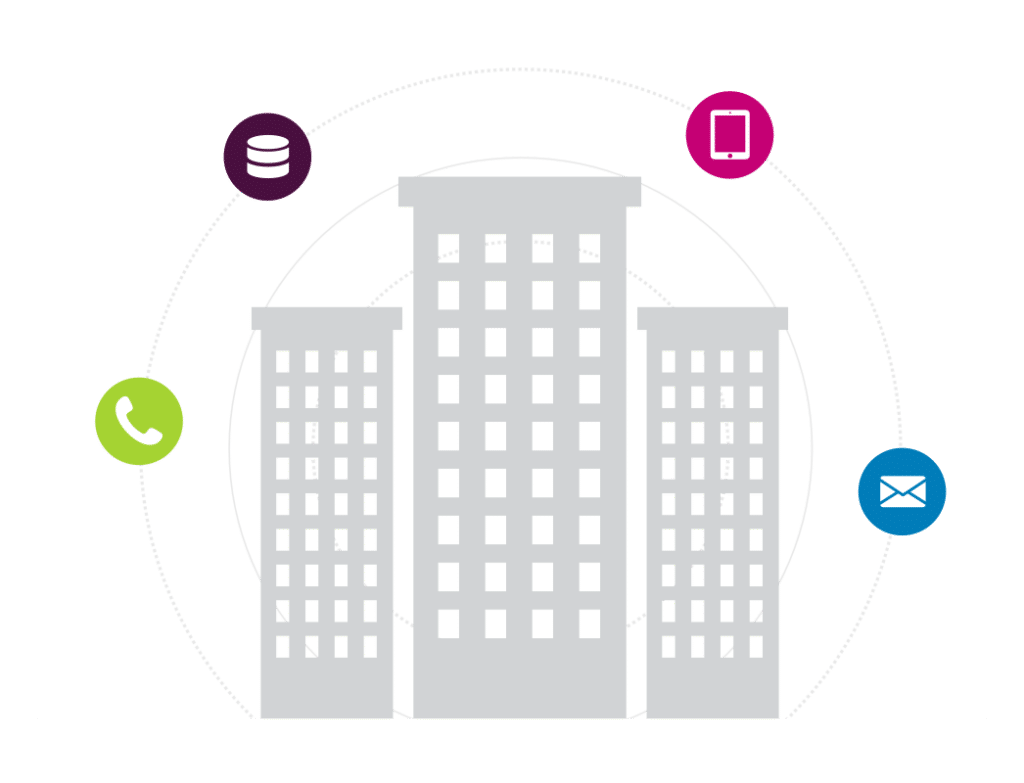CRM success doesn’t happen overnight. Whether you are implementing new technology or re-imagining your current tools and processes, the first step is to ensure that your teams use them consistently and correctly.
We have compiled five best practices to achieve CRM excellence and improve adoption. We learned them from practice, from our customers’ experience that led them to success, or simply from trial and error.
Create a Communication Plan
Communication is one of the most important things you can do when you are rolling out a new project or trying to give new life to the tools you already have.
Great communication means keeping your audience front of mind, thinking about all different user types, and who will use the feature or tool. List the benefits that every person will gain from your project and tailor your messaging.
Unfortunately, many users won’t listen most of the time, which is why you must over-communicate and reiterate timelines, processes, updates, etc.
Keep in mind that you don’t need to share everything at once because it might lead to information overload. Keep in mind the now — next — later mindset: Having a steady stream of communication and placing what is most important for people right now, what is upcoming, and then what’s further down the road.
Make sure you communicate in different formats (email, video, intranet site/web page) because people tend to tune out some channels. Don’t be afraid to think outside the box and find ways to make it different and grab their attention.
Tailor Technology to Support your Processes
Most organizations expect technology to solve most of their biggest challenges, but they often find that technology is only as good as the people using it. Some ways you can ensure that technology supports your people and processes are:
- Consider how your users in various roles go about their day-to-day activities and how they use the tools that are currently in place (e.g., how a customer rep opens a case, how a salesperson closes a deal, and how it looks to the customer once it is done).
- Speak to the hearts and minds of your users if you want to drive change. With new tools, sometimes there is a bit of hesitation about transitioning to new processes. Build the tool into the daily processes of your users and make sure you highlight how these changes will make their lives easier and how their day-to-day activities are going to change.
- Find points where direct access to the tool can be leveraged and led by example. For instance, you can display reports or dashboards directly from the app during meetings. It proves that everybody should use the tool and shows how their work benefits the entire organization.

Tailor technology to support your processes.
Managers: The Agents of Change
When your company implements new tools, the decision-makers must understand how the day-to-day activities of their employees will change. Managers are a great way to facilitate communication and identify gaps in new processes.
They also play a huge role in training new team members and ensuring that everyone uses software properly.
Managers are the key group to focus on if you want to make changes and roll out a new system. They must have a positive view of the project to support it. Many times, there might be some small grievances that can easily be resolved if you, as an organization, involve them in the process, make sure that they feel like they have a voice and are not there just to mandate decisions.
Go-Live is Just the Beginning
You’ve got this whole launch that everybody is gearing up towards. But you must keep this enthusiasm going. There are a few simple ways to make it happen. One is to support users if they get stuck at some point. The last thing you want is to have someone struggling silently on their own.
Training is another way to do it, and it doesn’t have to be very formal since people tend to be more comfortable in a small group. You can enact “office hours” with several subject matter experts and “super users” available. People must know whom they should address if they get stuck or have questions.
Additionally, pay attention to training new hires. You can have great retention, but people come and go or switch roles within the company, so make sure you provide suitable content for them. It’s essential, not only for initial training but also for continuous training. Look at your true pain points, address those first, and continually improve. As you trip away from one thing, it can resolve many other things on its own. It creates the snowball effect of other changes that can be beneficial.
Don’t run down feedback—listen to what your users tell you if things are not working out the way they should. Of course, you cannot please everyone, but when you repeatedly hear the same complaints, you must listen and react accordingly.
Foster Peer Engagement
Peer-to-peer networks and informal collaboration between team members are essential. This has taken a little bit of a twist in the last couple of years, with more people working remotely than ever before.
Create formal ways to foster informal communications, such as dedicated chat tools or teams channels that people can go to ask questions about CRM. Learning from your co-workers is far more effective than any formalized training. Give voice to the people who are best at their jobs and who see the benefits of the new project. They will continue to pass that message along.
Closing Thoughts
Implementing a new CRM system can produce profound changes in an organization’s operating environment. Sometimes it can get tough to scope out all the changes caused by automating processes and recordings. But it doesn’t have to be complicated; just start analyzing what you are doing now, pay attention to people and processes and prioritize.
This article was first published on Sugar CRM. You can read the original here.